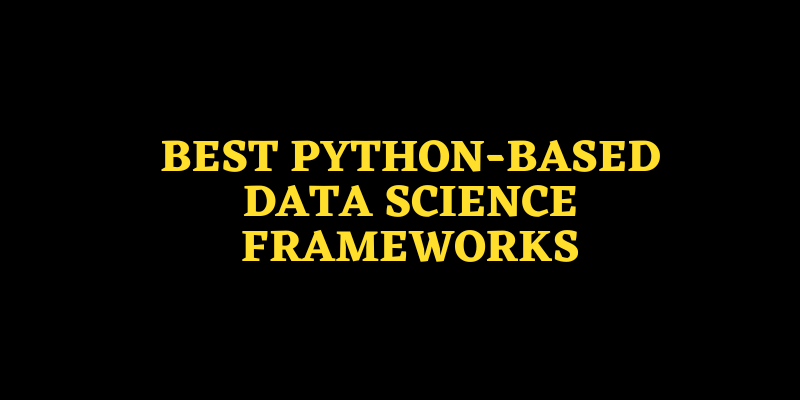Introduction
Python proficiency is the most important qualification to begin a data scientist job. Some experts pick Python, even if other languages (including Java, MATLAB, TensorFlow, R, SQL, and others) may be used for data tasks. It offers some advantages, including:
It is high-level, so the code appears to have been written in English, and it is compatible with some operating systems, including Windows, Mac, and Linux. It is also an interpreted language, meaning it runs the code line by line. It provides libraries for data gathering, cleansing, transformation, visualisation, modelling, and audio/image recognition. Complicated calculations can be performed with a simple syntax.
Python and data science consequently started to be used interchangeably. While working with data is possible with vanilla Python, the libraries described below simplify data-related activities.
Join Data Science Course in Chennai at FITA Academy for the best coaching with Placement Assistance.
NumPy
A general-purpose library for handling massive arrays and matrices is called NumPy. NumPy has scientific capabilities and can store generic data in multiple dimensions. Any data type can be defined. It allows for smooth database integration. It offers features for linear algebra, statistical operations, discrete Fourier transformations, choosing, sorting, manipulating shapes, array processing, and other features.
There are some differences between Python and NumPy arrays:
- Fixed-size; expanding or contracting it will produce a new array and delete the existing one.
- The components must be of the same data type to occupy the same space.
- Large-scale advanced activities are carried out more quickly and with less code.
- Knowing how Python’s sequence types operate alone won’t be enough to use most scientific Python features; you must also understand how to use NumPy arrays.
FITA Academy offers the best Data Science Online Course to enhance your technical and non-technical skills in Data Science.
Scrapy
The most well-liked high-level Python framework for extracting data from web pages is called Scrapy. The fact that Scrapy processes queries asynchronously is one of its most vital features. This indicates that the framework sends further requests or performs other actions without waiting for a request to be processed. Additionally, other requests continue if anything fails or there is an issue.
With Scrapy, you can choose the crawl’s politeness, the time between downloads, and the maximum number of concurrent requests.
To facilitate web scraping, Scrapy offers a variety of capabilities, including:
- XPath expressions and extended CSS selectors are supported for data extraction from HTML/XML.
- An interactive Scrapy shell is utilised to test and debug the code without launching the spider.
- generation and storage of export feed, a collection of integrated extensions for handling cookies and sessions, HTTP features, robots.txt, and other things
Conclusion
I hope the blog will assist you in deciding on the best course of action for your upcoming data science projects.
The libraries listed above are not the top Python-based data science libraries. There are many other tools in the Python ecosystem for handling advanced models and complex calculations. However, the tools above are necessities for data science and serve as the foundation for additional, higher-level libraries.
If you want to stay on top of the swiftly advancing technology landscape, you might be interested in learning data science. Join Data Science Course in Coimbatore.
Read More: Data Scientist Salary For Freshers.


